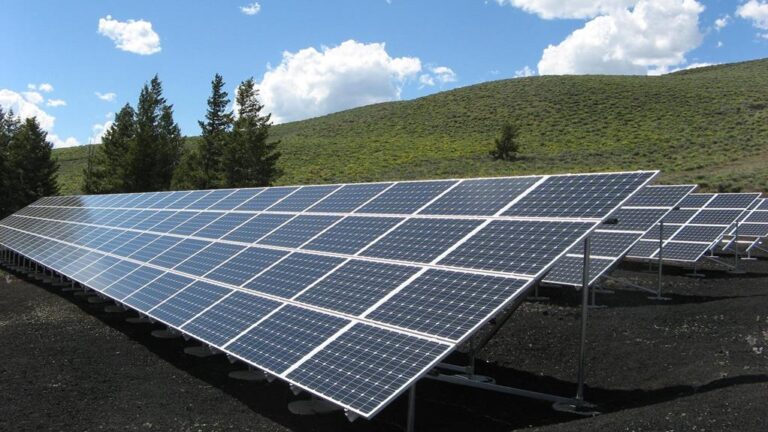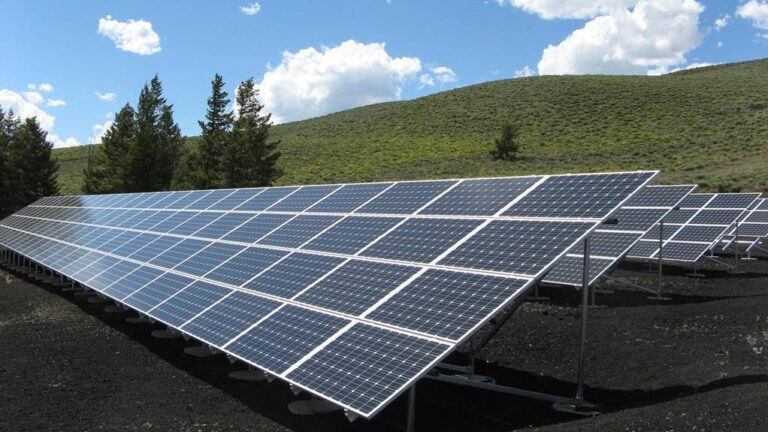4 Best Strategies to Cut Home Greenhouse Emissions
Are you looking to reduce your home greenhouse emissions? We’ve got you covered!
In this article, we will share four of the best strategies to lower your carbon footprint. By implementing energy-efficient appliances, opting for sustainable transportation, reducing waste, and utilizing renewable energy sources, you can make a significant impact on the environment.
Join us on this journey towards a greener future and let’s make a difference together.
Energy-Efficient Appliances and Lighting
One of the most effective ways we can reduce our home greenhouse emissions is by using energy-efficient appliances and lighting. By replacing old, energy-guzzling appliances with newer, more efficient models, we can significantly decrease our carbon footprint.
Energy-efficient appliances are designed to use less electricity, which not only helps the environment but also saves us money on our energy bills. Additionally, using smart thermostats can further enhance our energy efficiency by optimizing heating and cooling settings based on our preferences and occupancy patterns.
Another great option to consider is installing solar panels on our homes. Solar panels harness the power of the sun to generate clean, renewable energy, reducing our dependence on fossil fuels.
Sustainable Transportation Options
We can reduce our home greenhouse emissions by opting for sustainable transportation options.
Public transportation alternatives and electric vehicles are two key options to consider. Public transportation, such as buses and trains, allows multiple individuals to travel together, reducing the number of cars on the road and the associated emissions.
Electric vehicles (EVs) produce zero emissions and are becoming increasingly popular. They use electricity stored in batteries to power the vehicle, eliminating the need for fossil fuels. EVs aren’t only environmentally friendly but also cost-effective, as they require less maintenance and have lower fuel costs compared to traditional vehicles.
Additionally, advancements in EV technology have increased their range and availability, making them a viable option for everyday transportation.
Waste Reduction and Recycling
To continue our efforts in reducing home greenhouse emissions, let’s now shift our focus to waste reduction and recycling. By implementing effective waste reduction and recycling strategies, we can significantly decrease our environmental impact.
Here are some key methods and practices to consider:
- Composting methods: Composting is a natural process that converts organic waste, such as food scraps and yard trimmings, into nutrient-rich soil. By composting, we can divert these materials from landfills and reduce methane emissions.
- Eco-friendly packaging: Opting for eco-friendly packaging options can help minimize waste generation. Look for products that use recyclable or biodegradable materials, and consider reusable alternatives like stainless steel water bottles or cloth shopping bags.
- Recycling programs: Take advantage of local recycling programs to properly dispose of recyclable materials like paper, plastic, glass, and metal. Ensure that you understand the guidelines and sorting requirements to maximize the effectiveness of recycling efforts.
- Waste reduction strategies: Implementing waste reduction strategies, such as minimizing packaging waste or choosing products with minimal packaging, can help reduce overall waste generation.
By incorporating these waste reduction and recycling practices into our daily lives, we can contribute to a cleaner and more sustainable environment.
Together, we can make a difference.
Renewable Energy Sources
Let’s explore how incorporating renewable energy sources can help us cut home greenhouse emissions.
One effective way to reduce our carbon footprint is by installing solar panels on our roofs. Solar panels harness the energy from the sun and convert it into electricity, which can power our homes and appliances. By using solar energy, we can significantly reduce our dependence on fossil fuels and decrease greenhouse gas emissions.
Another option is to incorporate wind turbines into our energy system. Wind turbines generate electricity by harnessing the power of the wind. By utilizing wind energy, we can further reduce our reliance on non-renewable energy sources and contribute to a cleaner and more sustainable environment.
Incorporating these renewable energy sources into our homes is a step towards reducing greenhouse emissions and creating a greener future for all.
Conclusion
Implementing energy-efficient appliances and lighting, sustainable transportation options, waste reduction and recycling, and renewable energy sources are four effective strategies to significantly reduce greenhouse emissions in our homes.
By adopting these practices, we can take a significant step towards creating a more sustainable and environmentally friendly future.
Imagine a world where our homes emit minimal greenhouse gases, where clean air and a healthy environment are the norm. Together, we can make this vision a reality and create a better world for generations to come.





